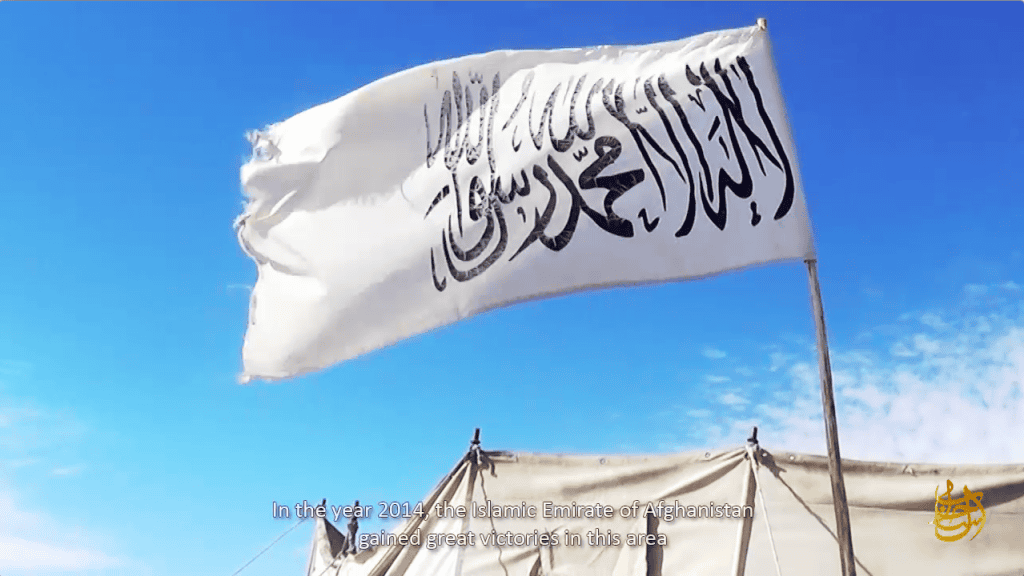BY THOMAS JOSCELYN

Earlier this month, the U.S. Treasury Department posted a written update on its work to combat illicit terrorism financing. The summary was submitted in response to inquiries from the Department of Defense’s Lead Inspector General. Written in a question and answer format, the Jan. 4 memo provides a window into how Treasury’s counterterrorism officials currently view al Qaeda and the Islamic State’s competing networks. Much of the document cannot be independently corroborated, as the source information has not been made public.
Al Qaeda “gaining strength” under Taliban’s “protection”
The Trump administration sold its Feb. 29, 2020, agreement with the Taliban as a victory for America’s counterterrorism efforts. Despite supposed assurances that the Taliban would break with al Qaeda, however, the Treasury Department’s analysts find that the two remain closely allied.
As of 2020, according to the report, al Qaeda was “gaining strength in Afghanistan while continuing to operate with the Taliban under the Taliban’s protection.” Al Qaeda “capitalizes on its relationship with the Taliban through its network of mentors and advisers who are embedded with the Taliban, providing advice, guidance, and financial support.”
To date, there is no publicly available evidence showing that the Taliban has taken steps to uproot al Qaeda’s network inside Afghanistan. The Taliban continues to lie about al Qaeda as well, falsely claiming that the group isn’t even present inside the country.
Treasury reports that senior Haqqani Network officials “have discussed forming a new joint unit of armed fighters in cooperation with and funded by al Qaeda.” This and other claims in the memo are consistent with earlier assessments by a panel of experts who work for the United Nations Security Council. [See FDD’s Long War Journal report, U.N.: Taliban “regularly consulted” with Al Qaeda throughout negotiations with U.S.]
Al Qaeda “maintains close contacts with the Taliban, providing advice, guidance, and financial support.” And this remained true as of May 2020 — that is, a few months after the Feb. 29 agreement between the U.S. and Taliban in Doha — as al Qaeda and the Taliban “maintained a strong relationship and continued to meet regularly.” This is also consistent with the U.N. Security Council’s reporting.
Al Qaeda “still depends on donations from likeminded supporters, and from individuals who believe that their money is supporting humanitarian or charitable causes.” Al Qaeda in the Indian Subcontinent (AQIS), which was officially established by Ayman al Zawahiri and his lieutenants in 2014, and which is waging jihad to resurrect the Taliban’s Islamic Emirate, “likely receives funding from al Qaeda senior leadership.”
AQIS continues to “use the Afghanistan-Pakistan border region as a safe haven.” AQIS does this alongside other al Qaeda-linked groups that target Pakistani security forces, such as the Pakistani Taliban (or Tehrik-e Taliban Pakistan, TTP).
ISIS continues to rely on “logistical hubs” inside Turkey
Treasury estimates that the Islamic State (ISIS) “probably has as much as $100 million available in cash reserves dispersed across the region.” But the U.S. government has limited visibility into the Islamic State’s budgets, so Treasury “does know the amount of money” that was distributed by the would-be caliphate during the most recent quarter.
Treasury reports that the Islamic State “often” relies on logistical hubs in Turkey” to move money around the globe, including between Iraq and Syria. Turkish officials periodically announce raids on Islamic State members and supporters, but the jihadists evidently continue to benefit from networks inside the country.
The organization employs couriers to “smuggle cash,” as well as hawalas and other “money services business” to transfer funds. Some of the proceeds go to figures inside al-Hawl camp for displaced persons inside Syria. The Tawasul hawala in al-Hawl serves “ISIS members and transferred payments for ISIS from outside Syria.”
The U.S. government’s analysts assess that the Islamic State’s senior leadership (referred to as “ISIS core”) had “possibly” provided “some funds” to the group’s Khorasan province (ISIS-K) as of “early 2020.” ISIS-K “primarily raises funds through local donations, taxation, extortion, and some financial support from ISIS-core.”
ISIS-K also “relies on hawalas, particularly in Kabul and Jalalabad, to transfer funds.” However, ISIS-K’s operations suffered a setback after the Taliban and Afghan government forces recaptured its “stronghold in southern Nangarhar” in 2019, thereby decreasing “the amount of money the group could earn exploiting natural resources in this territory.”
Since 2014, the U.S. government has designated “92 ISIS-associated individuals and organizations” as part of a global campaign to disrupt the group’s finances.
No comments:
Post a Comment